Home>Gardening & Outdoor>Landscaping Ideas>What Is The Best Fertilizer For Grass In Summer
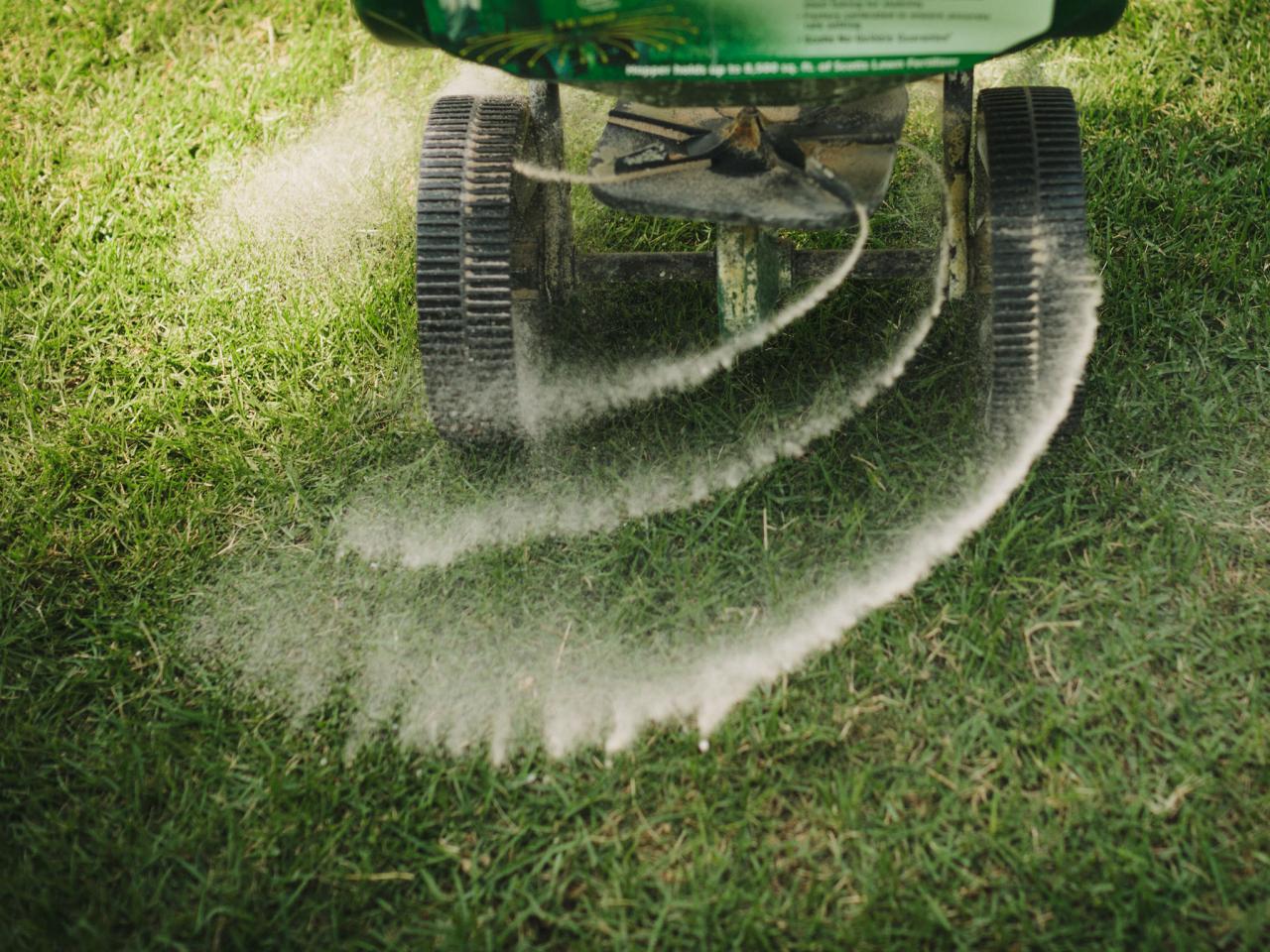

Landscaping Ideas
What Is The Best Fertilizer For Grass In Summer
Modified: March 27, 2024
Discover the best fertilizer for your summer grass with our expert landscaping ideas. Keep your lawn lush and healthy all season long.
(Many of the links in this article redirect to a specific reviewed product. Your purchase of these products through affiliate links helps to generate commission for Storables.com, at no extra cost. Learn more)
Introduction
Understanding the Importance of Fertilizing Your Lawn in Summer
As the temperature rises and the sun shines brightly, your lawn enters a phase of vigorous growth and increased nutrient consumption. Summer brings about unique challenges for maintaining a lush, healthy lawn, making it essential to understand the significance of fertilizing during this season. With the right approach to lawn care, you can ensure that your grass remains resilient and vibrant despite the heat and potential stressors.
Proper fertilization is a key component of summer lawn maintenance, as it provides essential nutrients that support the grass’s growth, color, and overall health. By comprehending the specific needs of your grass during the summer months, you can make informed decisions about the type of fertilizer to use and the best practices for application. This article will delve into the intricacies of fertilizing grass in summer, exploring the various types of fertilizers available, important considerations for selection, and the best techniques for achieving optimal results.
Join us as we embark on a journey to uncover the best fertilizer for grass in summer, empowering you to nurture a vibrant and resilient lawn that thrives in the heat of the season.
Key Takeaways:
- In summer, grass needs balanced nutrients like nitrogen, phosphorus, and potassium to stay healthy. Choose the right fertilizer type and timing to keep your lawn vibrant and resilient in the heat.
- Consider factors like nutrient composition, release mechanism, soil pH, and grass type when choosing fertilizer. Proper application and maintenance practices are key to nurturing a lush and enduring lawn in summer.
Understanding Grass Fertilization Needs in Summer
During the summer months, your lawn experiences heightened growth and increased stress from factors such as heat, foot traffic, and potential drought conditions. These environmental stressors can deplete the soil’s nutrients, leaving your grass in need of additional support to maintain its health and vigor.
Grass in summer requires a careful balance of essential nutrients to thrive in the face of heat and potential water scarcity. Nitrogen, phosphorus, and potassium are among the primary nutrients that play crucial roles in sustaining your lawn’s health during this season. Nitrogen supports lush, green growth, phosphorus aids in root development and energy transfer, while potassium enhances the grass’s resilience to stress and disease.
Moreover, the increased growth rate of grass in summer necessitates a steady supply of nutrients to fuel its development and maintain its vibrant color. Without adequate fertilization, your lawn may struggle to withstand the rigors of summer, leading to diminished aesthetics and potential susceptibility to pests and diseases.
By recognizing the specific needs of your grass during the summer months, you can tailor your fertilization approach to address these requirements effectively. Understanding the interplay of nutrients, growth patterns, and environmental stressors is pivotal in determining the most suitable fertilizer for your lawn during this season.
As we delve deeper into the realm of grass fertilization in summer, we will explore the diverse types of fertilizers available, the factors to consider when selecting the best option, and the recommended practices for achieving optimal results in nurturing your lawn through the heat of the season.
Types of Fertilizers for Summer Grass
When it comes to fertilizing your lawn during the summer, choosing the right type of fertilizer is essential for providing the necessary nutrients and ensuring the overall health and resilience of your grass. Various types of fertilizers are available, each offering unique benefits and catering to specific lawn care needs. Understanding the distinctions between these fertilizers can empower you to make an informed decision that aligns with the requirements of your lawn.
1. Granular Fertilizers: These solid, pellet-like fertilizers are a popular choice for summer lawn care. They are typically applied using a spreader, allowing for even distribution across the grassy areas. Granular fertilizers come in both quick-release and slow-release forms. Quick-release granular fertilizers provide an immediate nutrient boost, while slow-release options offer a steady, gradual release of nutrients over an extended period, promoting sustained growth and health for your grass.
2. Liquid Fertilizers: Liquid fertilizers are another viable option for summer grass fertilization. These formulations are applied using a sprayer, enabling efficient coverage and rapid absorption by the grass. Liquid fertilizers are prized for their quick action, as they deliver nutrients directly to the grass, promoting rapid greening and growth. They are particularly beneficial for addressing specific nutrient deficiencies and revitalizing the lawn during periods of stress.
3. Organic Fertilizers: For those seeking a natural and environmentally friendly approach to lawn care, organic fertilizers offer a compelling solution. Derived from natural sources such as compost, animal manure, and plant-based materials, organic fertilizers provide a holistic blend of nutrients that nourish the soil and promote long-term soil health. These fertilizers release nutrients gradually, fostering sustainable growth and enhancing the overall well-being of the grass.
4. Synthetic Fertilizers: Synthetic or chemical fertilizers are formulated to deliver specific concentrations of essential nutrients to the grass. They are designed for rapid uptake and utilization by the grass, making them an efficient choice for addressing immediate nutrient deficiencies and promoting robust growth. Synthetic fertilizers are available in various formulations tailored to specific nutrient ratios, allowing for precise customization based on your lawn’s needs.
By considering the unique attributes of each type of fertilizer, you can select the most suitable option to fortify your lawn against the challenges of summer. As we proceed, we will delve into the factors to consider when choosing the best fertilizer for your summer grass, guiding you toward an informed and effective decision that supports the vitality and beauty of your lawn.
Factors to Consider When Choosing Fertilizer for Summer Grass
When selecting the ideal fertilizer for your summer grass, several crucial factors come into play, influencing the effectiveness and suitability of the chosen product. By carefully considering these factors, you can make an informed decision that aligns with the specific needs of your lawn, promoting robust growth, vibrant color, and overall resilience during the summer months.
1. Nutrient Composition: Assess the nutrient content of the fertilizer, paying particular attention to the nitrogen-phosphorus-potassium (N-P-K) ratio. For summer grass, a fertilizer with a balanced N-P-K ratio, such as 3-1-2 or 4-1-2, can provide the essential nutrients needed to support healthy growth and stress tolerance. Nitrogen encourages lush, green foliage, while phosphorus aids in root development and potassium enhances the grass’s resilience to heat and drought.
2. Release Mechanism: Consider the release mechanism of the fertilizer, as this determines the pace at which nutrients are made available to the grass. Slow-release fertilizers are beneficial for sustaining long-term growth and reducing the risk of nutrient leaching during heavy rainfall, while quick-release options offer rapid greening and immediate nutrient uptake, ideal for addressing acute deficiencies.
3. Soil pH and Composition: Evaluate the pH level and composition of your soil to ensure that the chosen fertilizer complements the existing soil conditions. Some fertilizers are formulated to address specific soil deficiencies, such as low pH or inadequate organic matter, promoting a balanced and conducive environment for healthy grass growth.
4. Environmental Impact: Consider the environmental impact of the fertilizer, particularly if you prioritize sustainability and eco-friendliness. Organic fertilizers and slow-release formulations are often preferred for their minimal environmental footprint, promoting soil health and long-term ecological balance.
5. Grass Type and Species: Take into account the specific type and species of grass in your lawn, as different varieties may have varying nutrient requirements and tolerances to specific fertilizer formulations. Understanding the unique characteristics of your grass can guide you in selecting a fertilizer that caters to its distinct needs, fostering optimal growth and vitality.
By carefully evaluating these factors, you can narrow down the options and choose a fertilizer that not only meets the immediate nutrient requirements of your summer grass but also contributes to the long-term health and sustainability of your lawn. As we delve into the best practices for fertilizing grass in summer, these considerations will serve as valuable guidelines in nurturing a resilient and thriving lawn amidst the seasonal challenges.
During the summer, choose a fertilizer with a high nitrogen content to promote healthy grass growth. Look for a slow-release formula to prevent burning in hot weather.
Read more: What Fertilizer Is Best For Grass
Best Practices for Fertilizing Grass in Summer
Fertilizing your lawn during the summer necessitates a strategic approach that accounts for the unique needs and challenges of the season. By adhering to best practices for summer grass fertilization, you can optimize the effectiveness of the chosen fertilizer and promote the health, vibrancy, and resilience of your lawn. Embracing these practices will empower you to nurture a lush and thriving lawn that withstands the rigors of summer with grace.
1. Timing Is Key: Plan your fertilization schedule to coincide with the grass’s active growth phase, typically in early to mid-summer. Avoid fertilizing during periods of drought or extreme heat, as this can stress the grass and impede nutrient uptake. Additionally, aim to fertilize when rain is forecasted or when irrigation can be applied, facilitating the efficient absorption of nutrients by the grass.
2. Proper Application Techniques: Whether using granular or liquid fertilizers, ensure even and thorough coverage across the lawn to promote consistent growth and color. Calibrate spreaders or sprayers according to the manufacturer’s recommendations, and consider overlapping application paths to prevent uneven distribution. Be mindful of avoiding fertilizer accumulation in concentrated areas, as this can lead to potential burn spots on the grass.
3. Watering Practices: After fertilization, water the lawn lightly to facilitate the dissolution of granular fertilizers and the absorption of liquid formulations. Adequate moisture is essential for activating the fertilizer and enabling the grass to uptake the nutrients effectively. However, avoid excessive watering, as this can lead to nutrient leaching and potential environmental impact.
4. Maintenance of Equipment: Keep your spreaders, sprayers, and other application equipment well-maintained and calibrated to ensure accurate and efficient fertilizer distribution. Regular cleaning and calibration of equipment contribute to precise application, minimizing the risk of over- or under-fertilization and promoting consistent results across the lawn.
5. Monitoring and Adjustment: Regularly assess the condition of your lawn following fertilization, monitoring the grass for signs of nutrient uptake, such as enhanced color and growth. If necessary, adjust the fertilization regimen based on the grass’s response and any evolving environmental conditions, ensuring that the lawn receives the appropriate level of nourishment throughout the summer.
By embracing these best practices, you can elevate the effectiveness of your summer grass fertilization efforts, fostering a resilient and visually appealing lawn that thrives in the face of summer’s challenges. As we conclude our exploration of the best fertilizer for grass in summer, these practices serve as guiding principles in nurturing a vibrant and enduring lawn that enhances the beauty of your outdoor space.
Conclusion
As the summer sun illuminates your outdoor landscape, the vitality and beauty of your lawn become a focal point of your property’s allure. Fertilizing your grass during the summer is a pivotal step in nurturing its health and resilience, ensuring that it remains a vibrant and inviting expanse amidst the seasonal warmth. By delving into the intricacies of grass fertilization in summer, we have unveiled the essential considerations and practices that underpin the quest for the best fertilizer to fortify your lawn.
Understanding the specific needs of your grass during the summer months is paramount, as it enables you to tailor your fertilization approach to address its unique requirements. Whether it’s the balanced infusion of nitrogen, phosphorus, and potassium, the judicious selection of fertilizer types, or the meticulous application and maintenance practices, each facet contributes to the holistic care and nourishment of your lawn.
By exploring the diverse types of fertilizers available, including granular, liquid, organic, and synthetic formulations, you have gained insight into the array of options at your disposal. Each type offers distinct benefits and applications, empowering you to choose a fertilizer that harmonizes with the specific demands of your lawn, promoting robust growth and enduring health.
Furthermore, the factors to consider when selecting a fertilizer for your summer grass have illuminated the multifaceted nature of this decision. From nutrient composition and release mechanisms to soil compatibility and environmental impact, these considerations serve as guiding beacons, steering you toward a fertilizer that not only meets the immediate needs of your lawn but also contributes to its long-term sustainability and vitality.
Embracing the best practices for fertilizing grass in summer is the cornerstone of your journey toward a resilient and visually captivating lawn. By aligning your fertilization schedule with the grass’s growth phase, practicing precise application techniques, and maintaining vigilance in monitoring and adjustment, you can elevate the effectiveness of your lawn care efforts and nurture a verdant oasis that thrives amidst the warmth and splendor of summer.
As you embark on the endeavor to fortify your lawn with the best fertilizer for grass in summer, may these insights serve as a source of empowerment and guidance, leading you toward a landscape adorned with the enduring beauty of a healthy, vibrant, and resilient expanse of grass.
Frequently Asked Questions about What Is The Best Fertilizer For Grass In Summer
Was this page helpful?
At Storables.com, we guarantee accurate and reliable information. Our content, validated by Expert Board Contributors, is crafted following stringent Editorial Policies. We're committed to providing you with well-researched, expert-backed insights for all your informational needs.
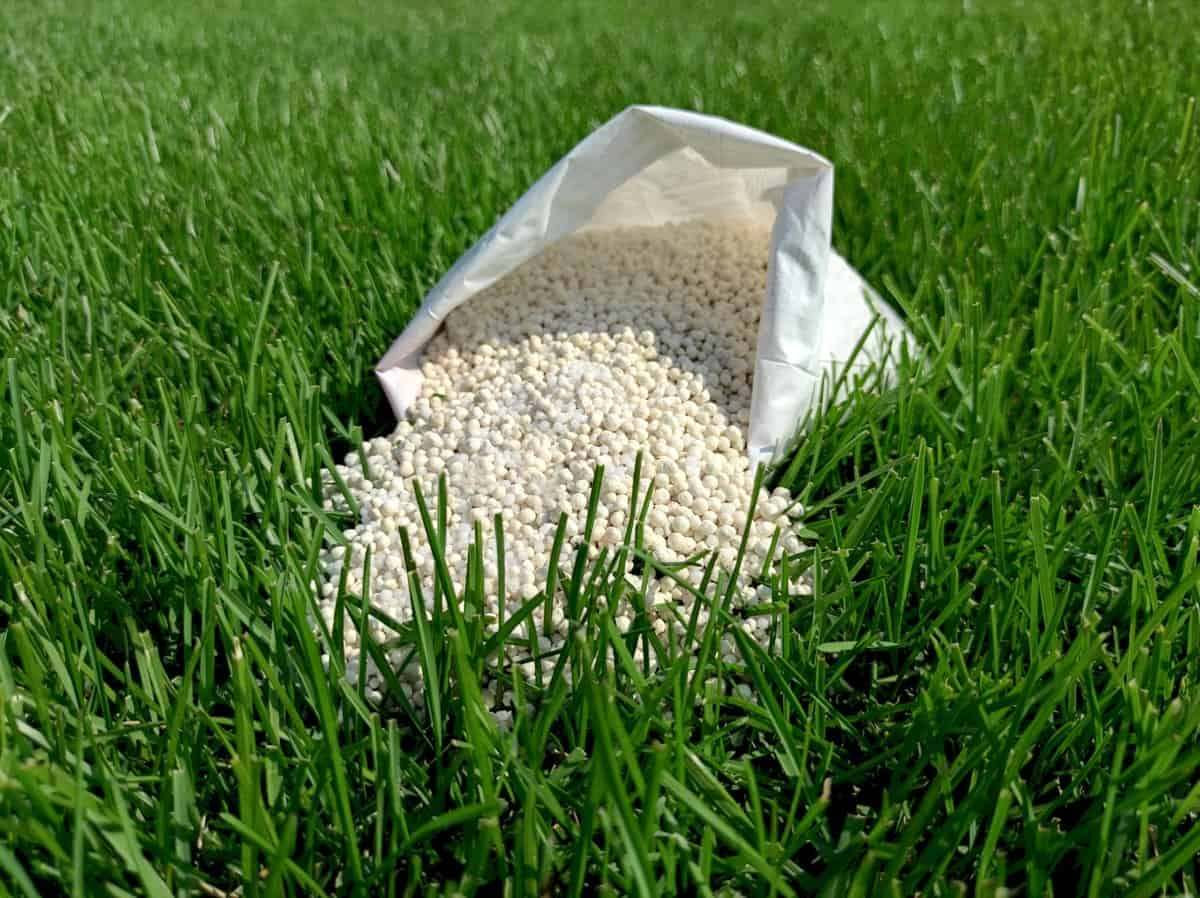
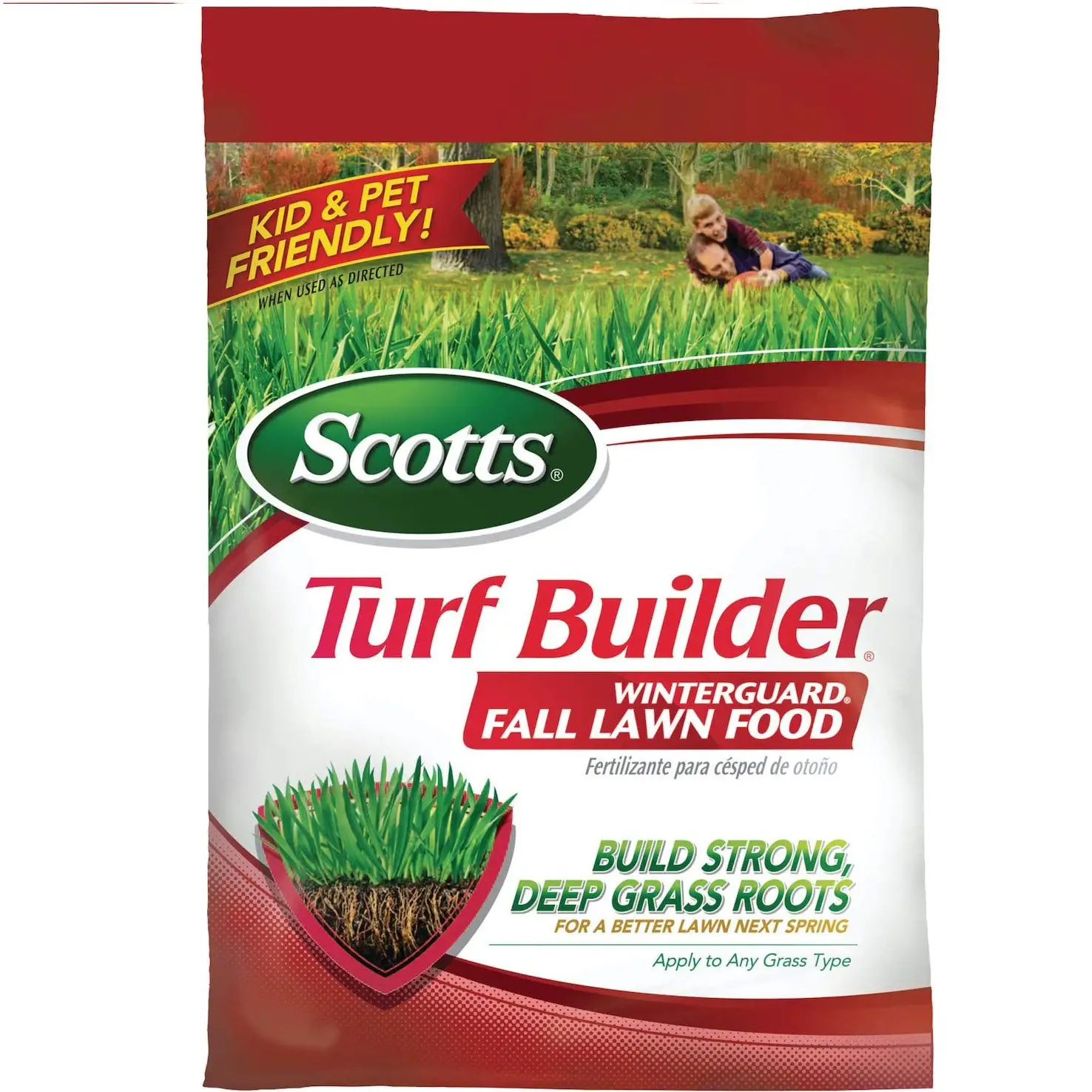
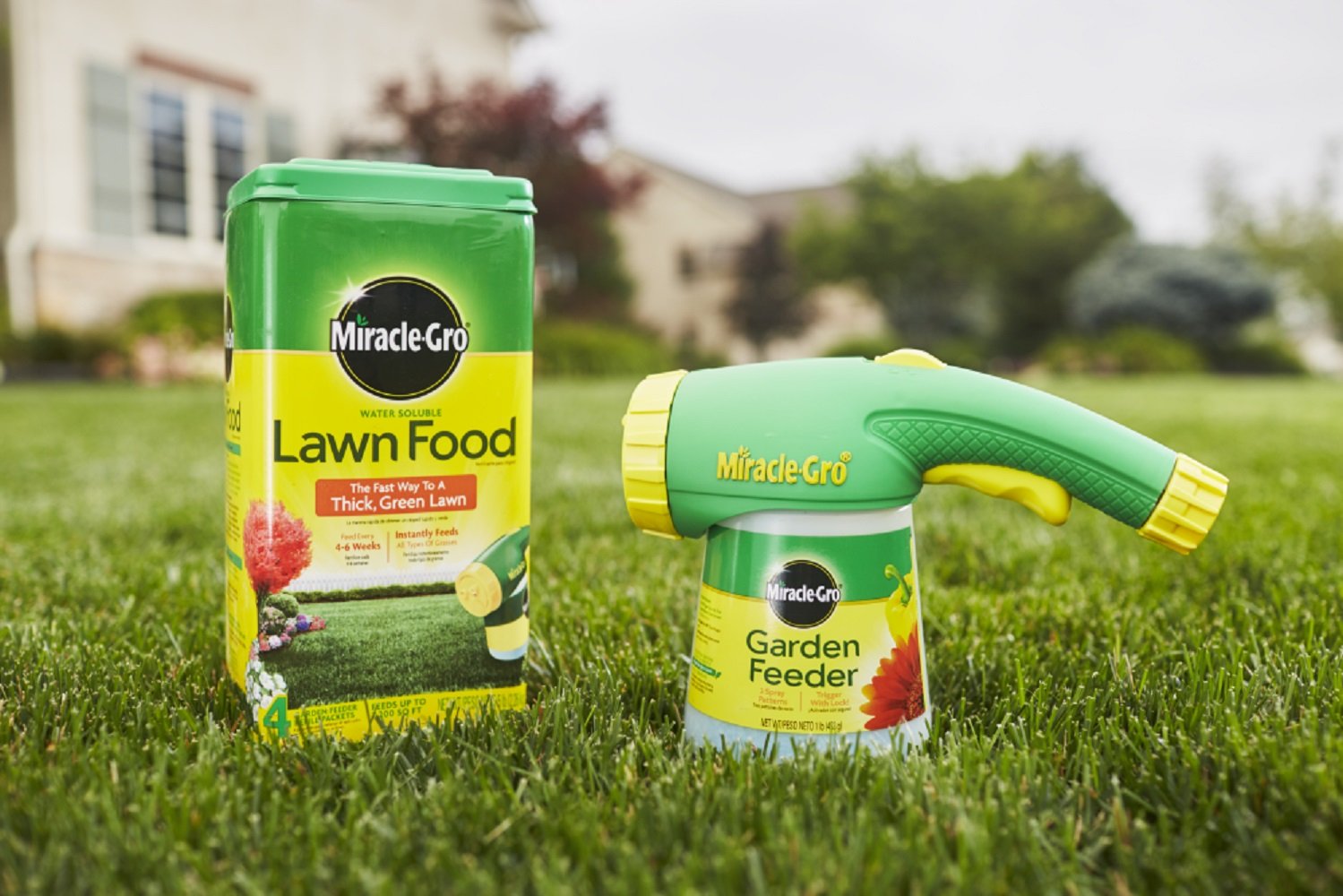
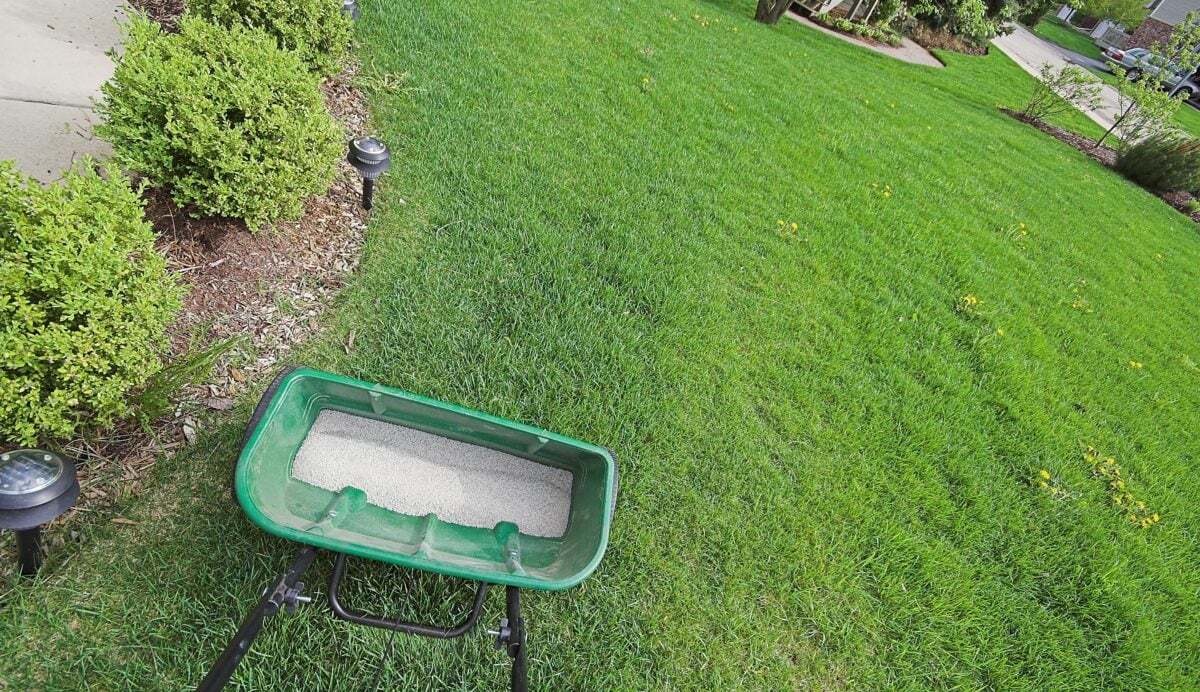
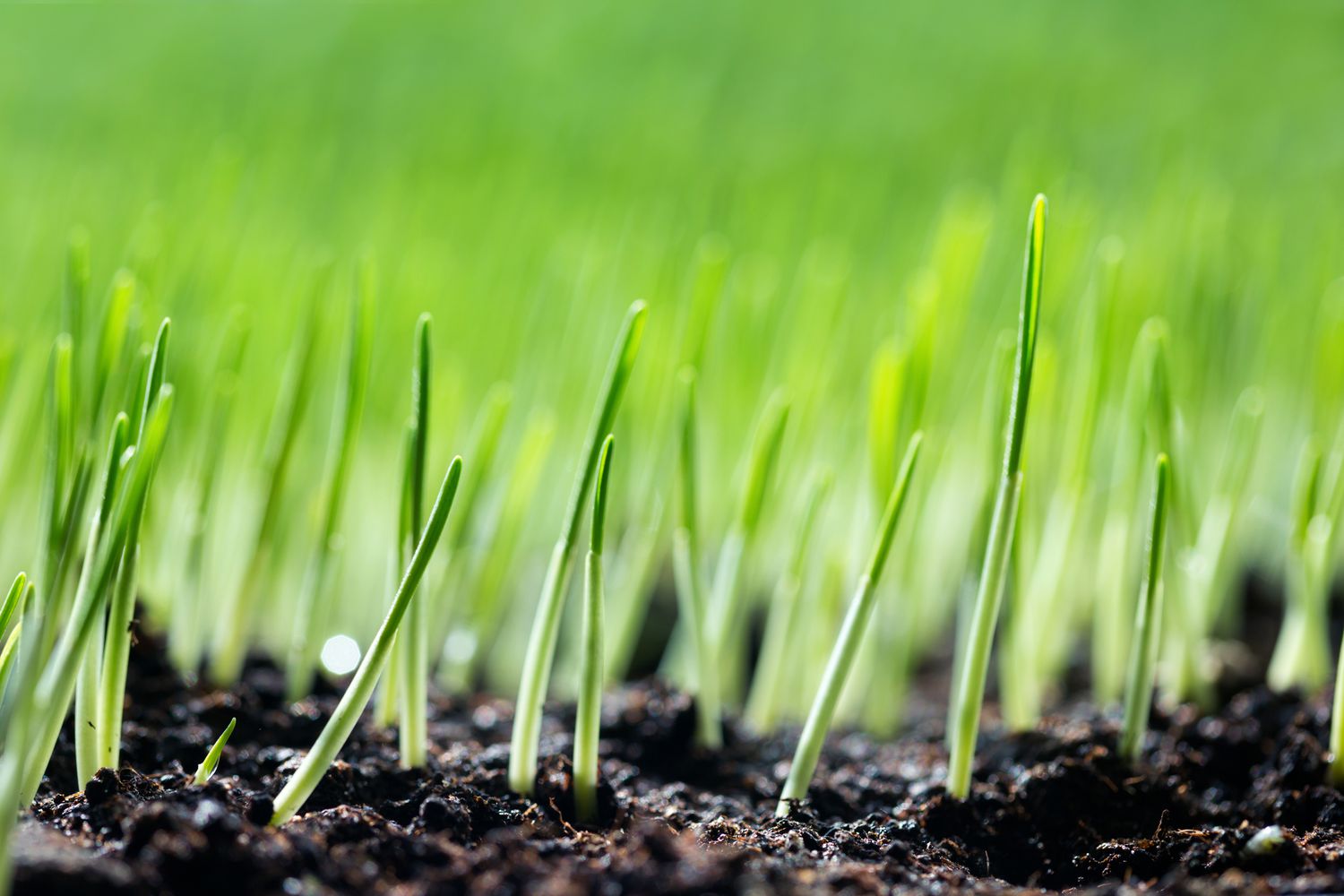
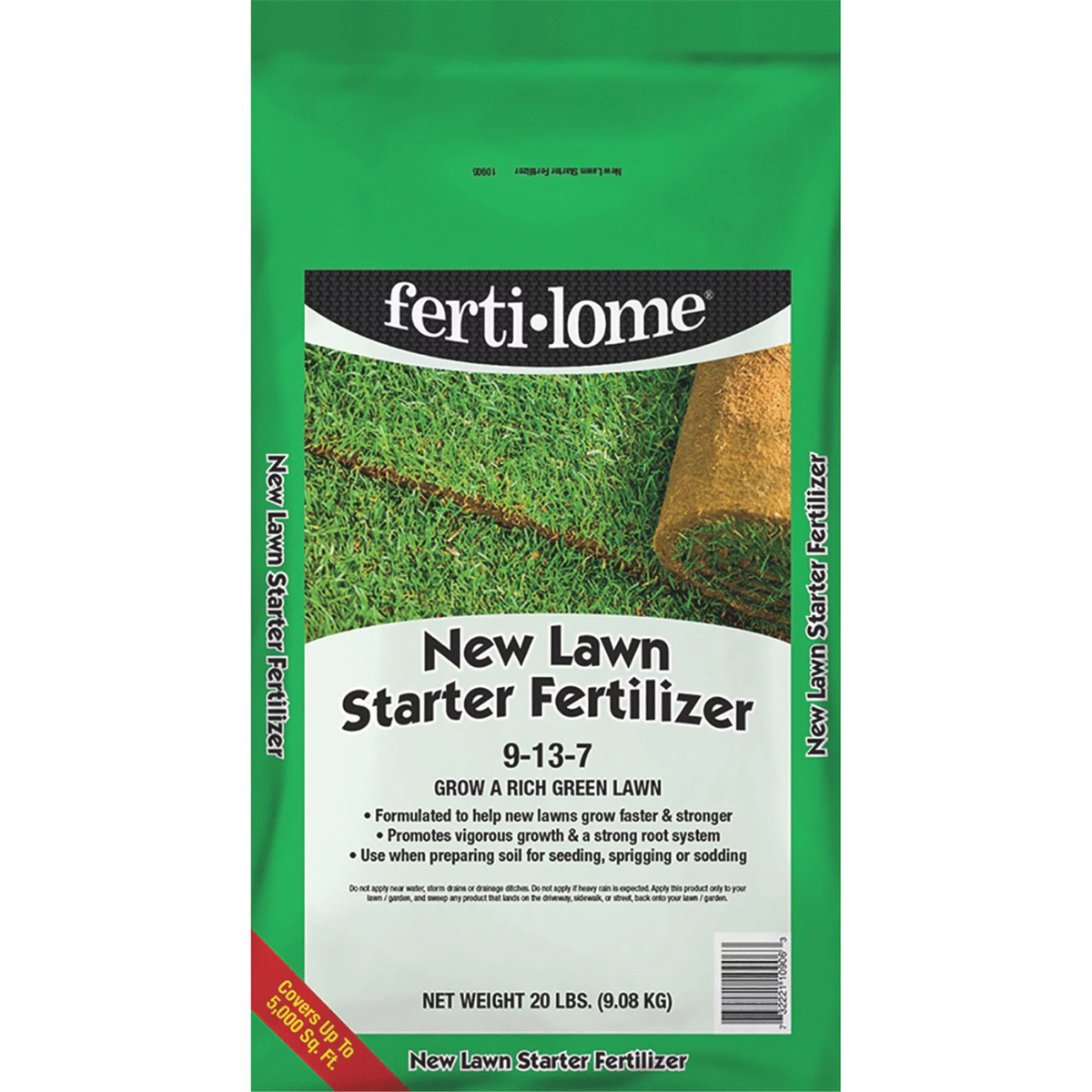
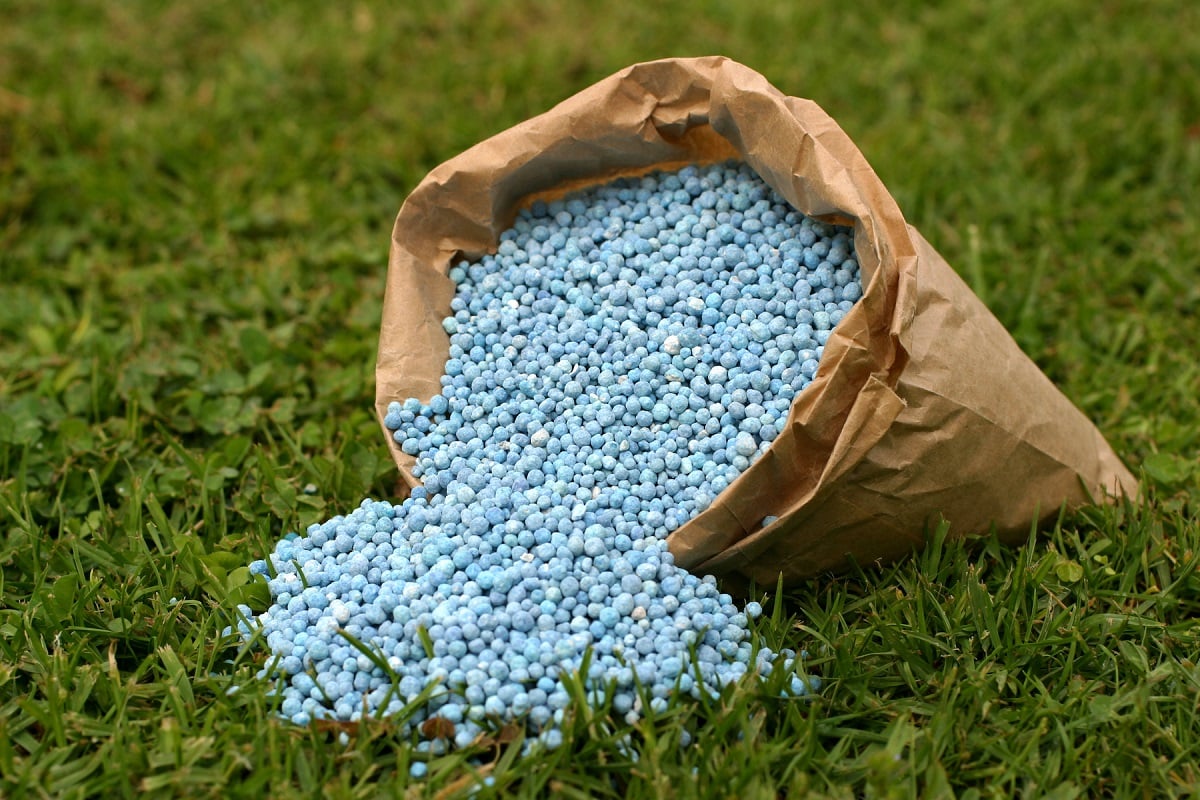
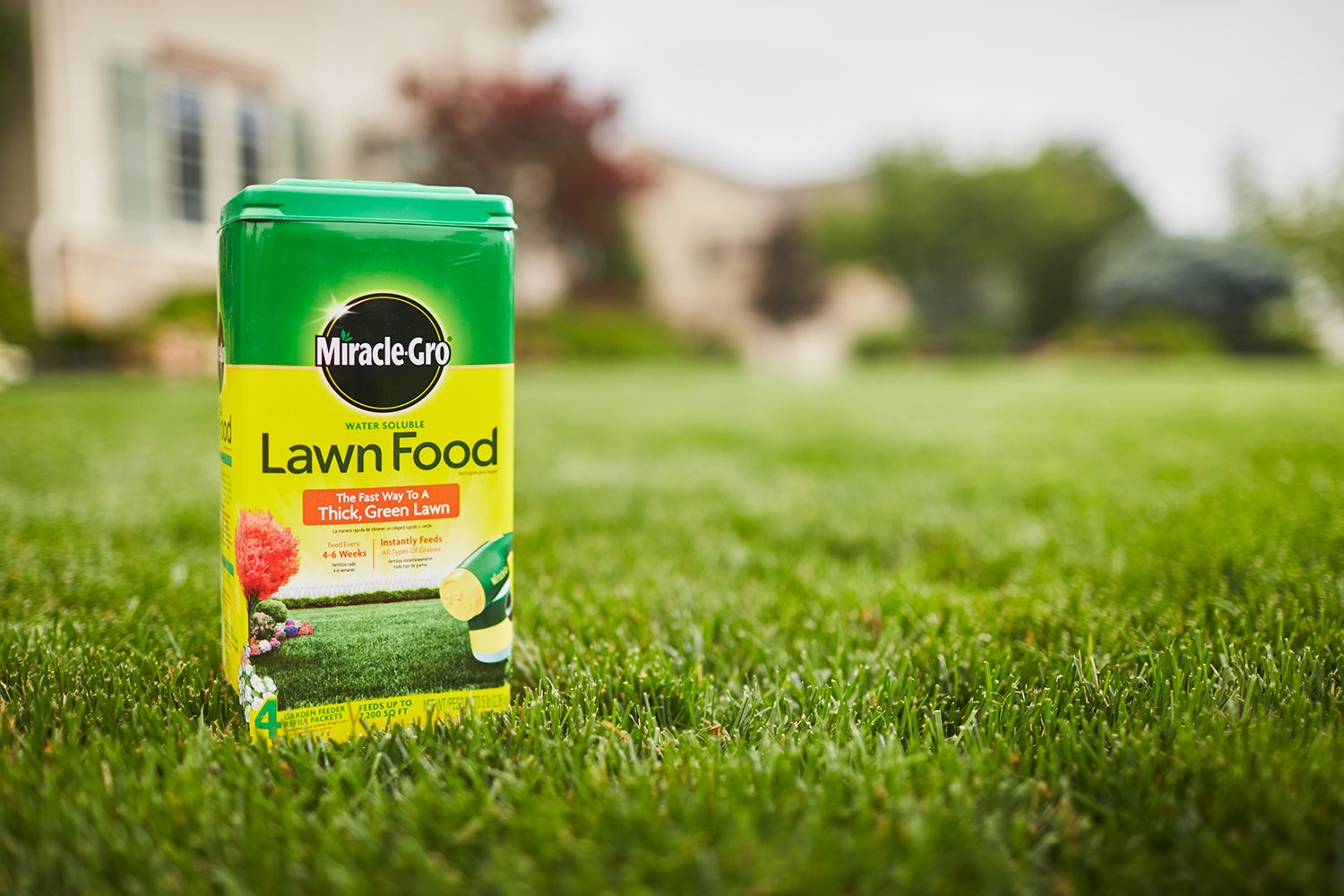

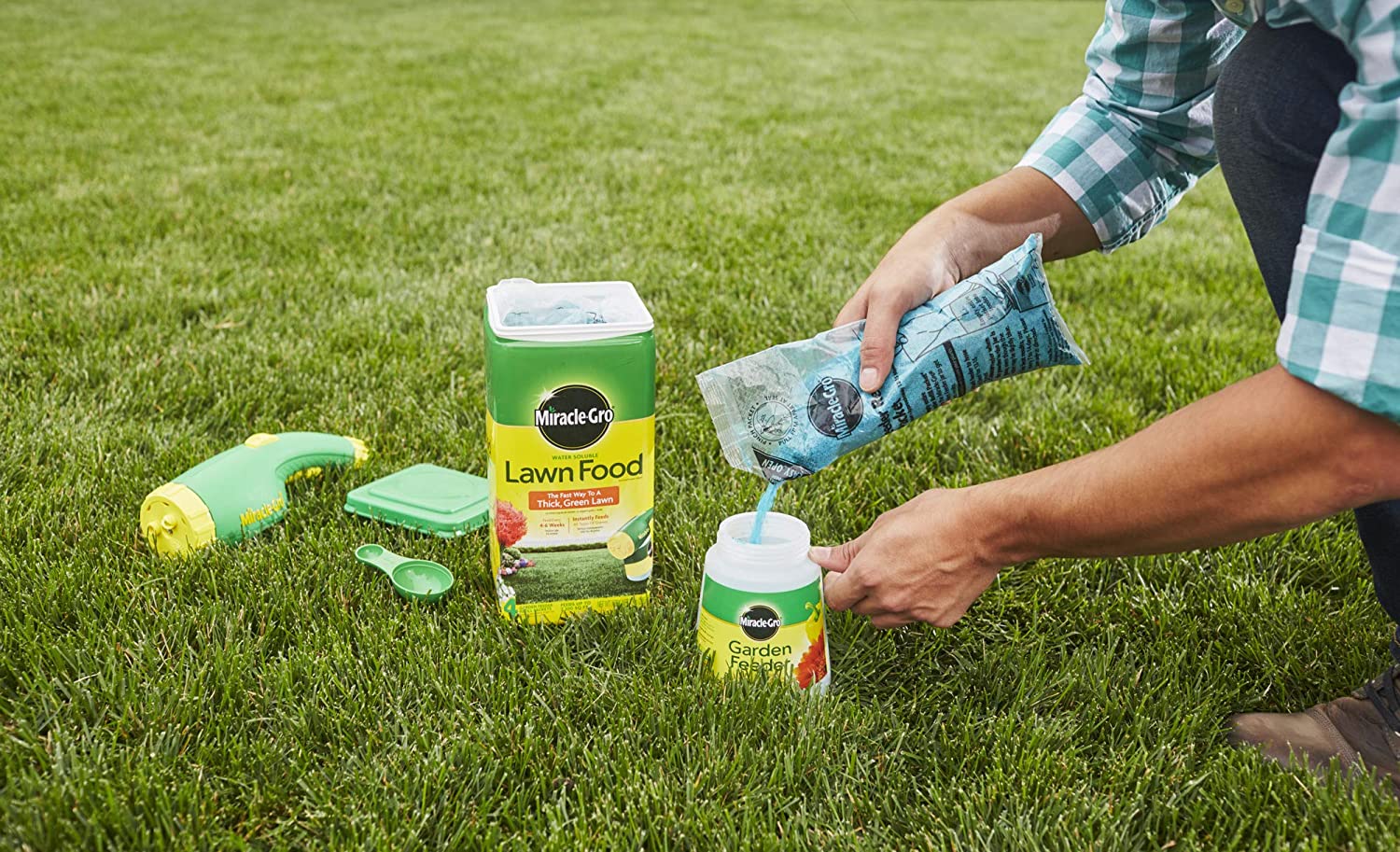
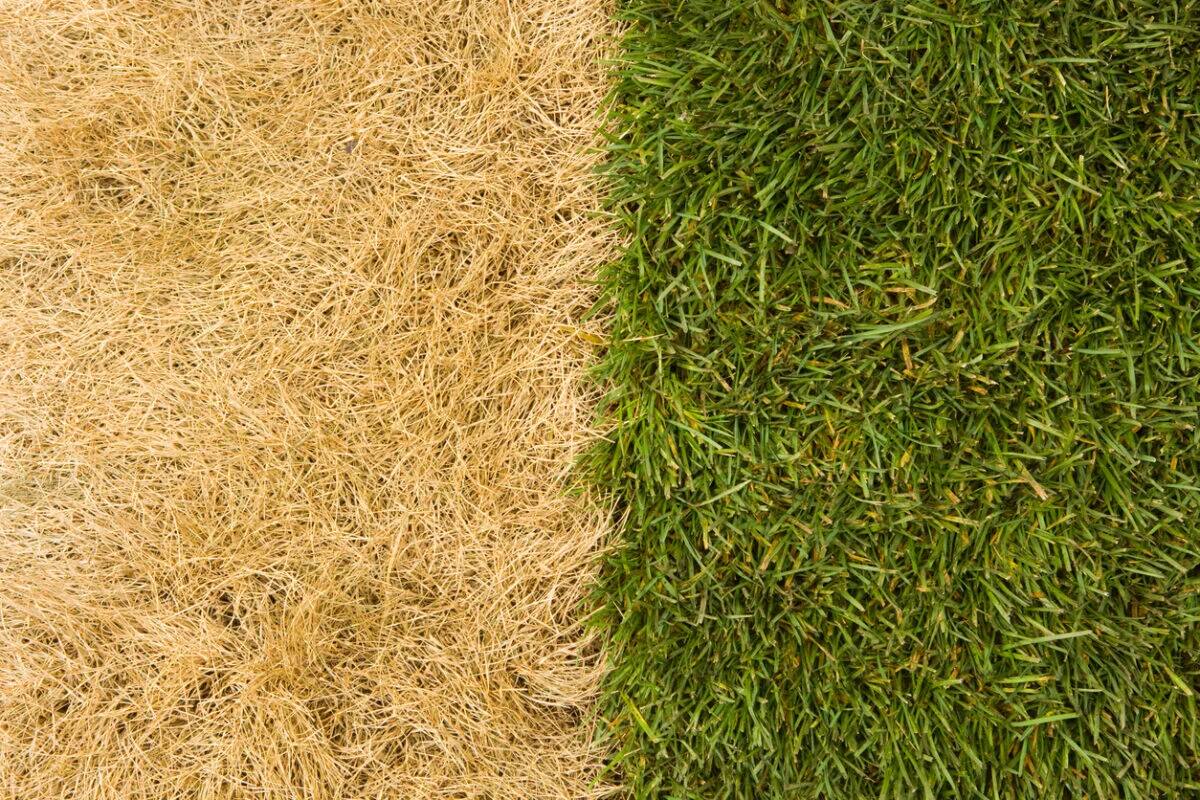
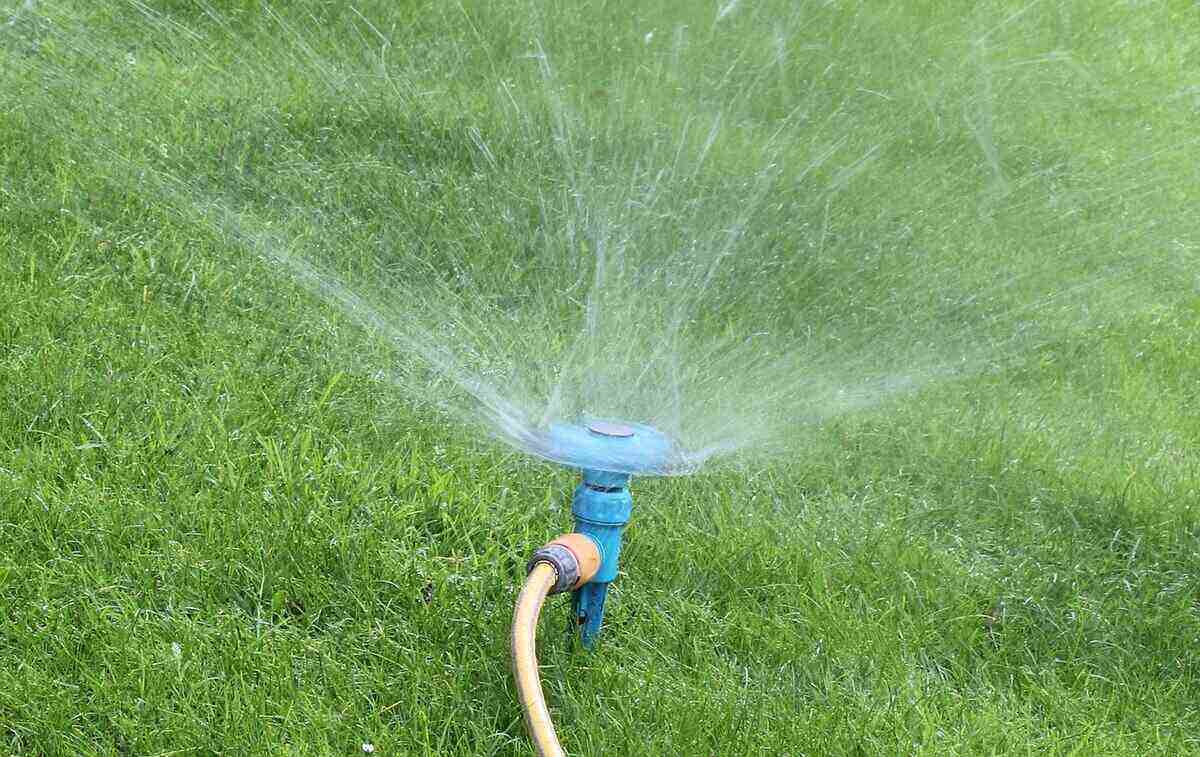
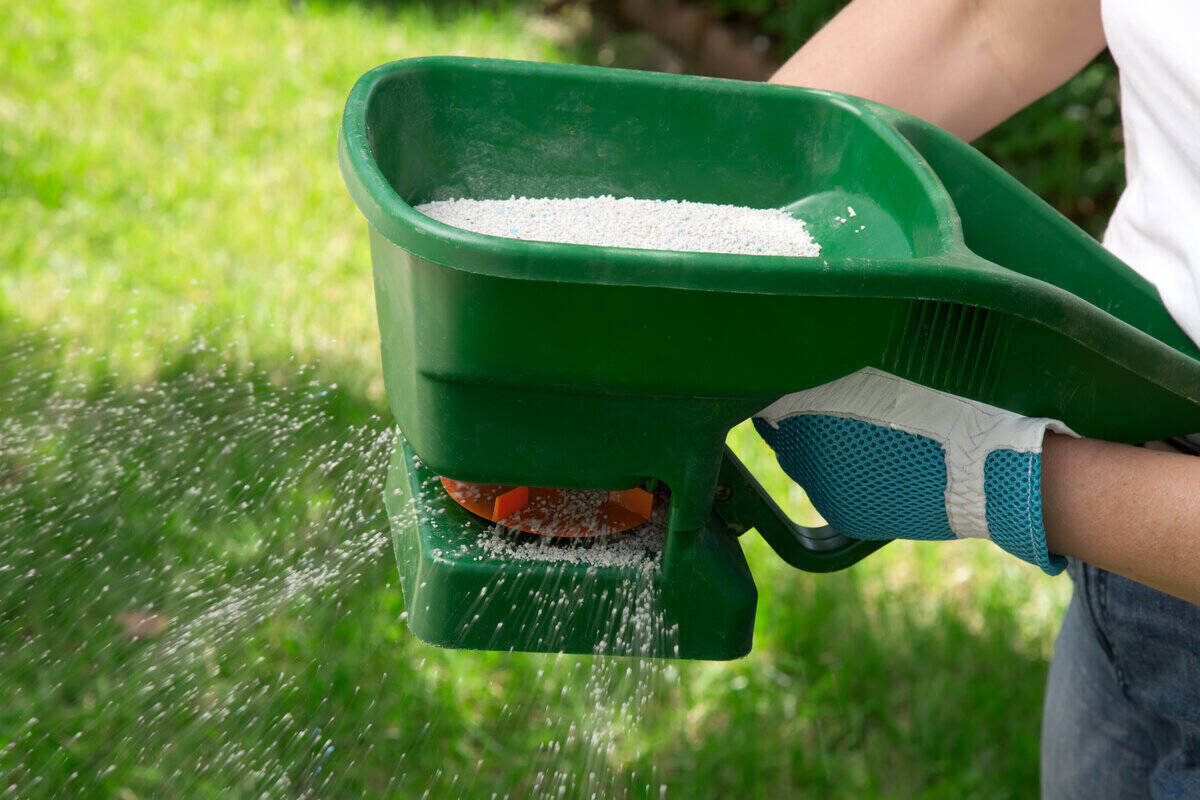
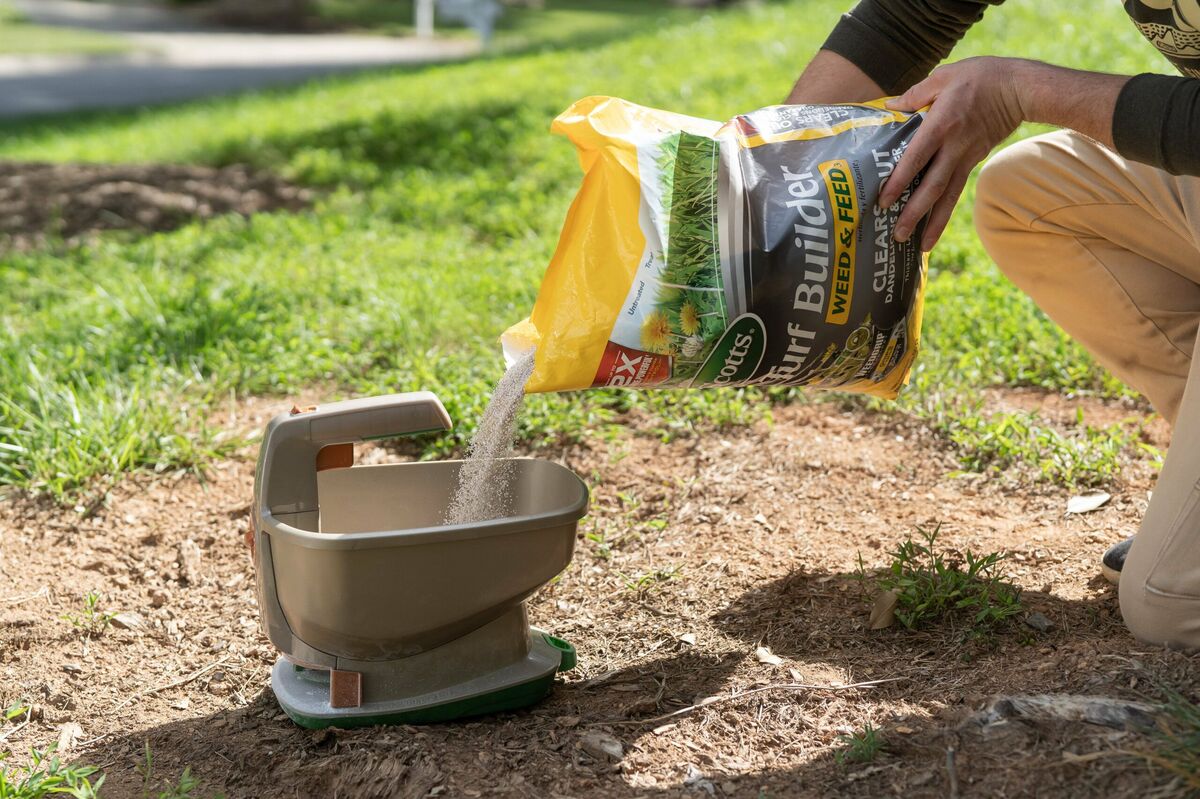

0 thoughts on “What Is The Best Fertilizer For Grass In Summer”